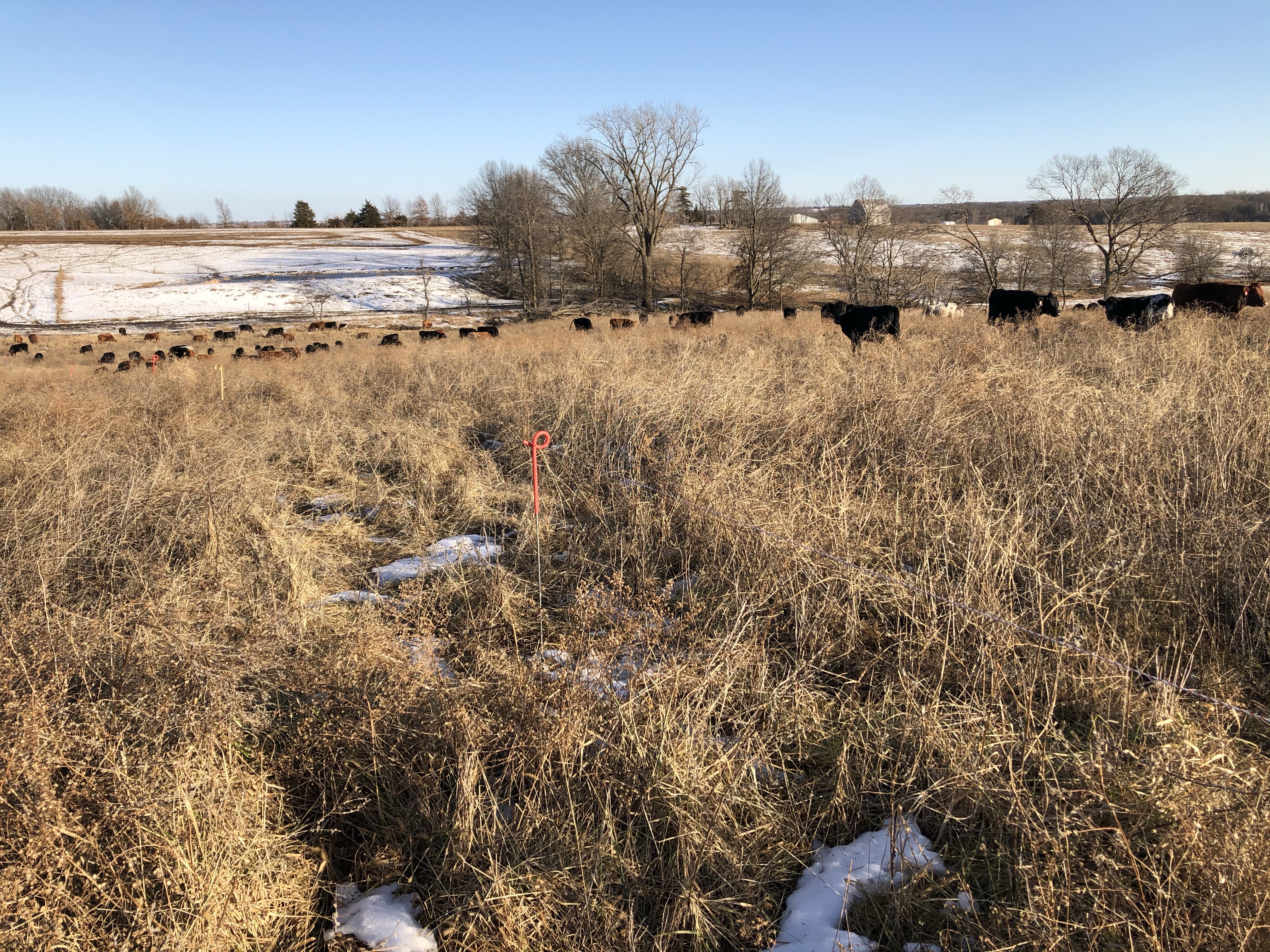Burning grasslands is a landscaping management tool used by many to burn off old, thatched grasses and forbes which are preventing new seedlings from growing thereby creating dead zones where nothing is growing. It’s not necessarily a ‘bad’ management tool, but i prefer not to use it because:
- it releases carbon and smoke pollution into the atmosphere
- completely eliminates all habitat for small wildlife
- often burns up those small critters overtaken by fire and smoke
- can be dangerous by getting away due to high winds and massive fuel (dry grasses)
- for safety, burning requires multiple people and management equipment to prepare the site in advance as well as continued monitoring
These are reasons i choose not to burn -plus honestly, fire simply scares me. Brush piles, i’ll burn, but even those can get away.
Many articles will argue first that fire is nature’s way of managing grasslands. Hmmm – maybe, but unless the prairies and plains are mismanaged, there are very, very few situations in which fire is ‘natural.’
It is true, however, that if you have land enrolled in CRP (Conservation Reserve Program) and you receive payments from the government for letting land lay idle year after year, then mowing or in some situations fire or chemical is required to keep those payments coming.
My choice is let the livestock, and to a lesser extent, wildlife, manage the grasslands with far less danger to man and beast, less erosion, natural fertilization, increased forage diversity, no pollution or carbon release, and small creatures, like mice, turtles, voles, moles, and other ground nesting animals are completely unharmed.
I am talking about a managed grazing technique called ‘Total Grazing.” Total grazing is not over grazing, it’s not grubbing the plants into the ground, it’s not selective grazing. All plants are grazed AFTER they have been allowed to grow tall and even to full maturity if needed before being grazed. This results in a balanced diet for the animals, habitat for nearly all wildlife until grazed, and lets those plants develop deep roots which stabilize the soil and prepare for growth. Thatch is grazed along with the green portion of the plants opening up the space for more desirable plant species. Deep roots create humus, organic matter is not humus. Organic matter still needs to be broken down and incorporated into the soil profile before it can even think about becoming food for soil microbes. Roots are ready made snacks. Grow fat roots for fat plants for faster recovery, but don’t graze until the plants are at the proper stage and don’t allow that second bite. Total grazing spreads out the manure across the paddocks for even coverage of nutrients.
Total grazing requires a good amount of education, just like burning, before diving in. Animal adaptation, observation, mobbing and shifting stock at the appropriate time, not allowing that second bite,


OR


























